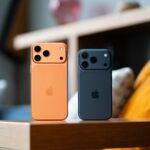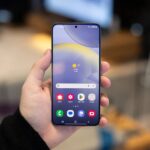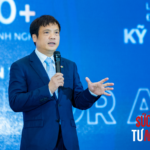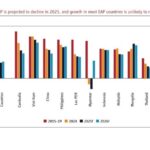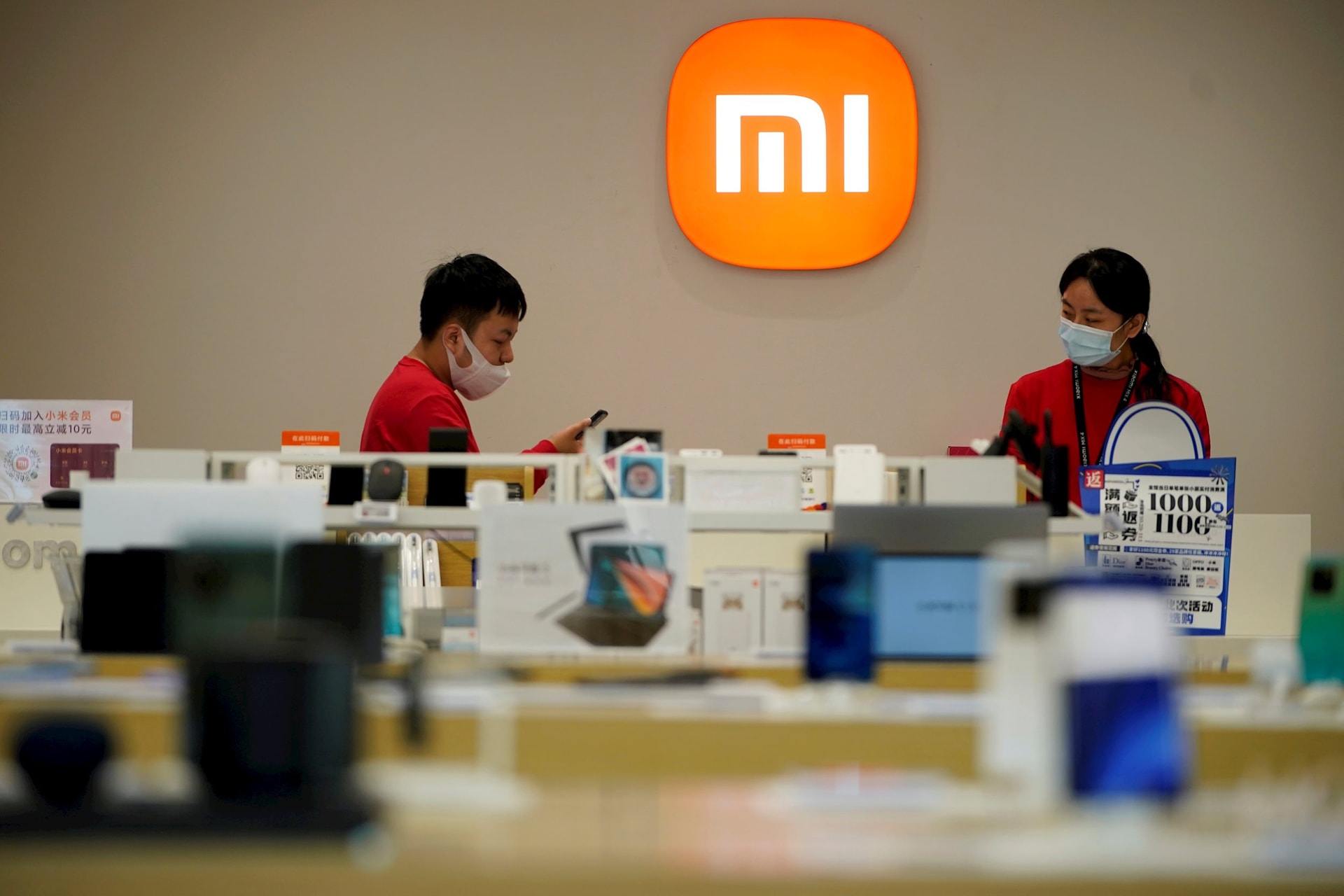
The global tech market, never short of fierce rivalries, has recently been stirred by Xiaomi’s bold launch of its new flagship series. Amidst anticipation for groundbreaking innovation, the Chinese tech giant took an audacious step: naming its top-tier devices Xiaomi 17, Xiaomi 17 Pro, and Xiaomi 17 Pro Max. This deliberate overlap with Apple’s iPhone 17 series instantly ignited heated debates.
This isn’t Xiaomi’s first brush with accusations of imitation. Such actions are the pinnacle of a strategy honed over a decade, raising a critical question: How has this overt “learning” strategy not only avoided backfiring but propelled Xiaomi to become a formidable market force, especially popular in Vietnam?
A Copycat Through and Through
Xiaomi’s imitation history spans years, embedded in its vast ecosystem. In 2018, shortly after iPhone X’s notch design revolutionized smartphones, Xiaomi unveiled the Mi 8, dubbed the iPhone X’s “twin.” From the notch to the vertical dual-camera setup with a centered flash, the Mi 8 mirrored Apple’s design, positioning itself as a budget iPhone X alternative.
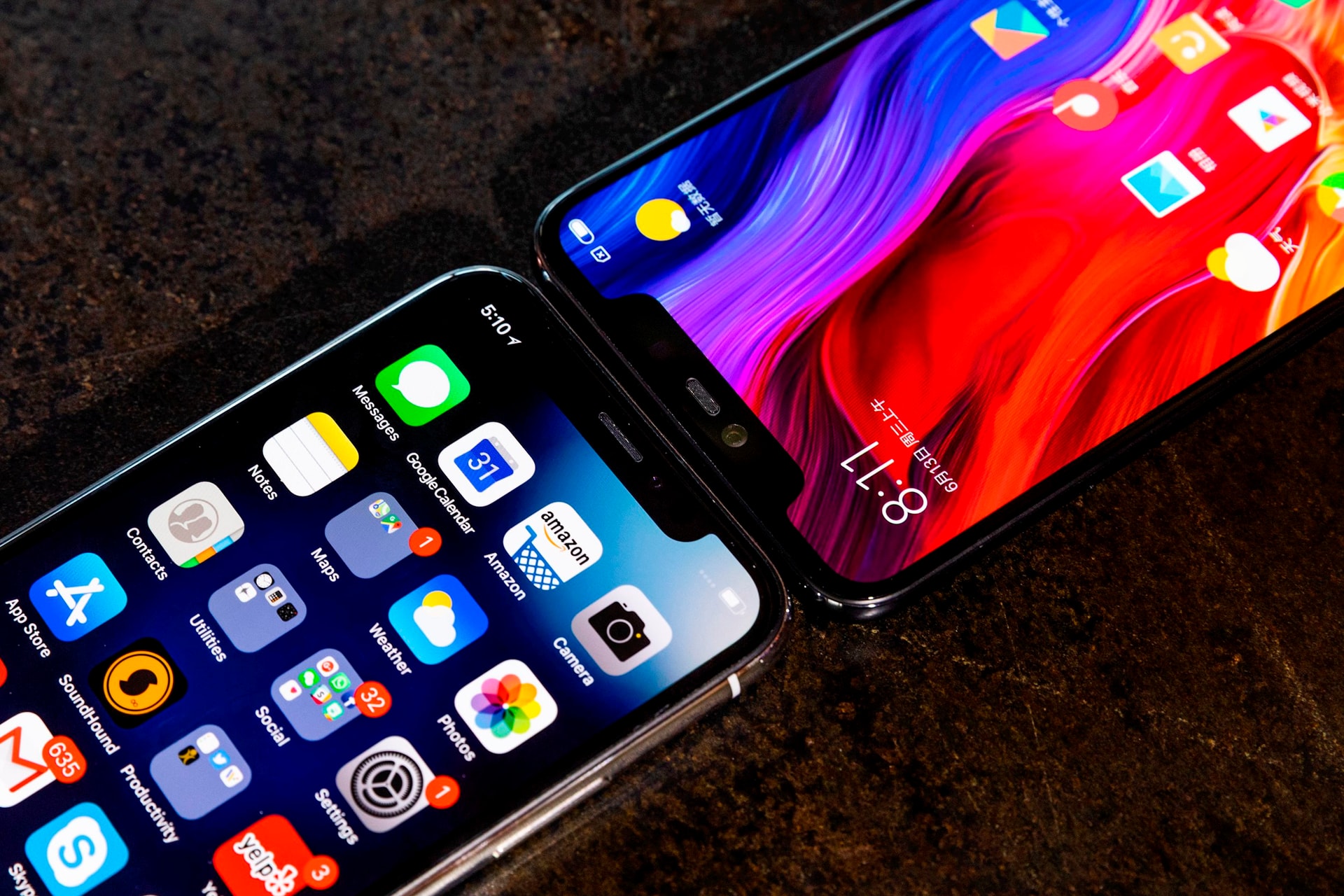
iPhone X and Mi 8: Strikingly similar.
In 2019, Xiaomi’s first smartwatch, the Mi Watch, bore a 90% resemblance to the Apple Watch, from its squared, rounded-corner design to the Digital Crown and side button. Even the software interface, dubbed “MIUI for Watch,” echoed watchOS.
Over time, Xiaomi’s copying became more nuanced. The Xiaomi 13, with its flat aluminum frame and glass back, evokes the iPhone 14 Pro’s design, though with distinct materials and a lighter feel.
This imitation extends to software. Xiaomi’s MIUI, since version 7, has mirrored iOS 9’s flat icons, multitasking interface, and features like Do Not Disturb and Low Power Mode.
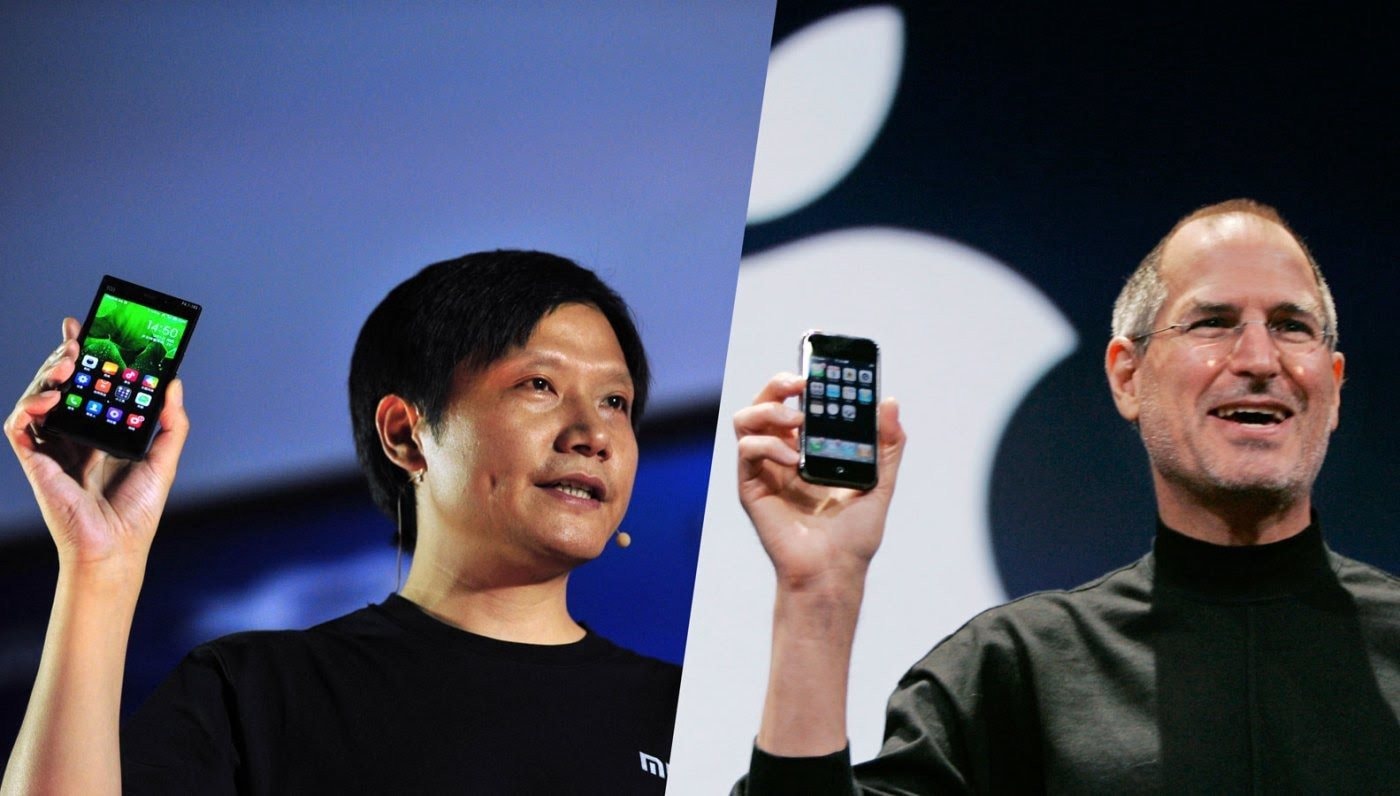
With HyperOS 3 on the Xiaomi 17 series, the resemblance peaks. The “Liquid Glass” aesthetic mimics iOS 26, and the “HyperIsland” feature is a near-identical copy of Dynamic Island, showcasing Xiaomi’s willingness to emulate even Apple’s most innovative ideas.
Even Xiaomi’s CEO, Lei Jun, has crafted an image reminiscent of Steve Jobs, from his black t-shirt and jeans to his minimalist presentation style, including the iconic “One more thing…” phrase.
Xiaomi’s imitation extends to physical and digital spaces, replicating Apple’s successful customer experience. Mi Stores echo Apple Stores’ minimalist design, open layouts, and premium materials, focusing on product interaction. Online, Xiaomi’s white-background, product-focused marketing mirrors Apple’s signature style.
This imitation isn’t random but a deliberate, escalating strategy. Naming the Xiaomi 17 series isn’t just copying—it’s a direct challenge, positioning Xiaomi as Apple’s equal.
Why Does the Imitator Succeed?
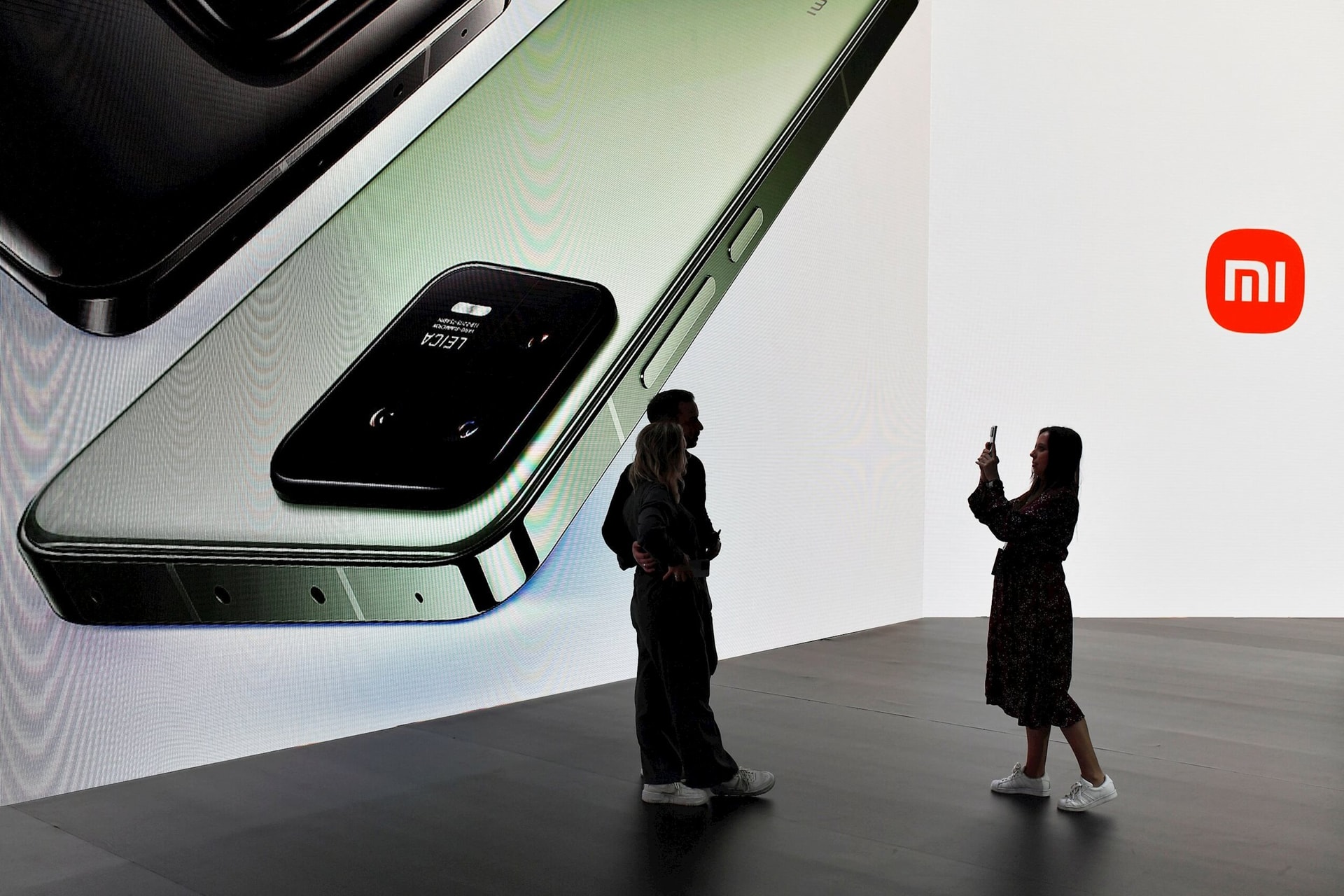
Xiaomi’s success lies in its “affordable premium” philosophy. By offering high-end designs, top-tier specs, and low prices, Xiaomi redefines budget smartphones. Its razor-thin hardware margins are offset by revenue from services and accessories, creating exceptional value, especially in price-sensitive markets like Vietnam.
Xiaomi also taps into modern consumer psychology. Owning an iPhone symbolizes success, but not everyone can afford it. Xiaomi offers a “shortcut”—devices resembling iPhones at a fraction of the cost, satisfying the desire for prestige without the premium price.
The Xiaomi 17 naming controversy was a calculated marketing stunt, sparking debates and linking Xiaomi with Apple in public discourse, generating free brand association.
Beyond Imitation: Xiaomi’s Innovations
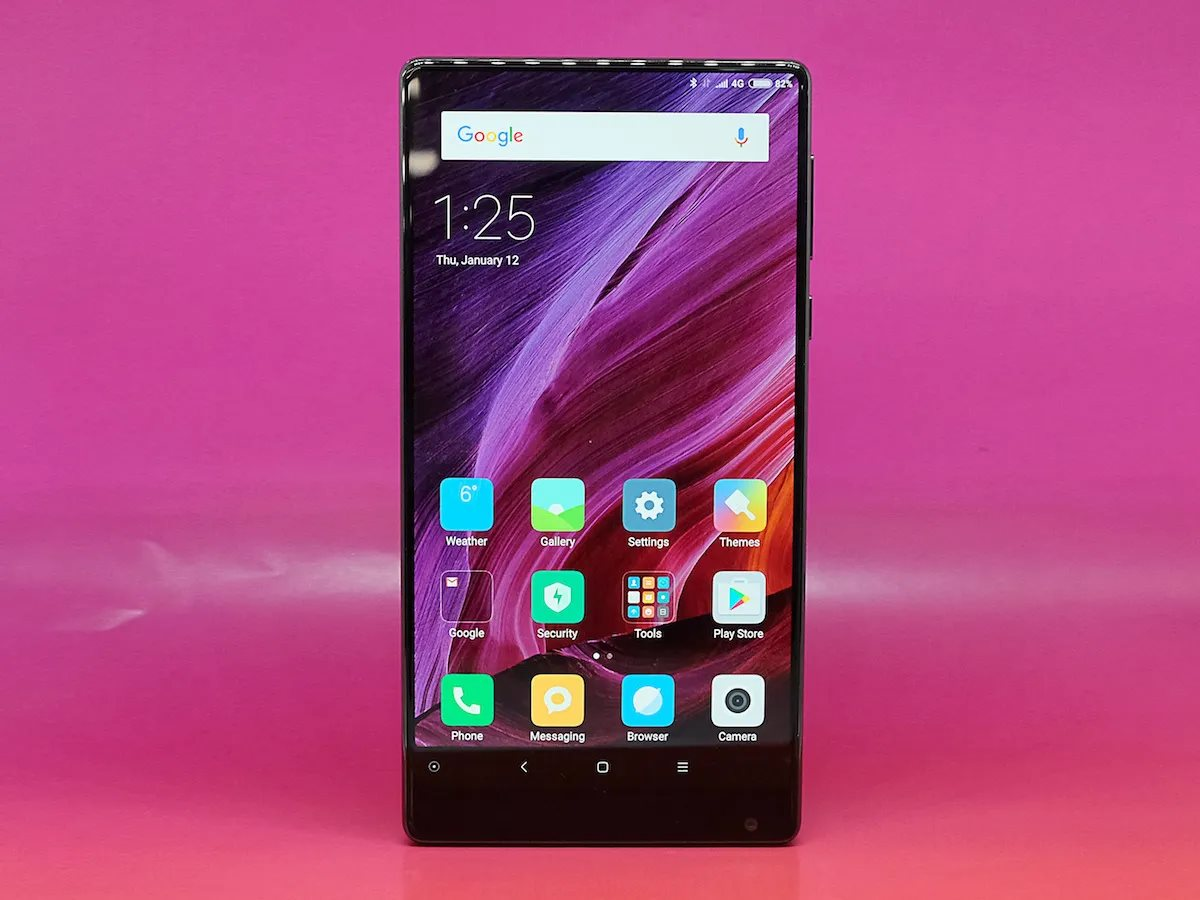
Xiaomi isn’t just an imitator. The 2016 Mi MIX pioneered bezel-less design, shaping global smartphone trends. Xiaomi also leads in fast charging and battery capacity, offering 6,300mAh and 7,500mAh batteries in its flagships, far surpassing competitors.
Xiaomi’s ecosystem, centered on its “Human-Vehicle-Home” vision, connects hundreds of smart devices, from TVs to electric vehicles, offering diversity and affordability compared to Apple’s closed ecosystem.
Xiaomi’s journey from startup to global giant is remarkable. Its formula—blending aesthetic imitation, exceptional value, and key innovations—has fueled its rise. However, this strategy risks limiting its premium brand perception.
In Vietnam, Xiaomi’s “affordable premium” approach remains effective, but as consumers seek higher-end devices, Xiaomi must lean on its genuine innovations to shed its “budget alternative” image and compete in the premium segment.
The ultimate question remains: Can Xiaomi evolve from a “great imitator” to a “great innovator,” or will it forever live in Apple’s shadow?
Sunshine Group Honored Among Top 10 Innovative Pioneer Brands of 2025
Sunshine Group has been honored among the Top 10 Innovative Pioneer Brands 2025 at the Vietnam Strong Brand 2024-2025 announcement ceremony. This prestigious event, held on October 2, was organized by the Vietnam Economic Science Association and VnEconomy – Vietnam Economic Times Magazine.
FPT CEO: Countless Innovation Centers Without Clear Plans or Strategies Waste Valuable Resources
Nguyễn Văn Khoa, CEO of FPT, emphasizes that driving innovation requires concrete actions rather than mere slogans.


























